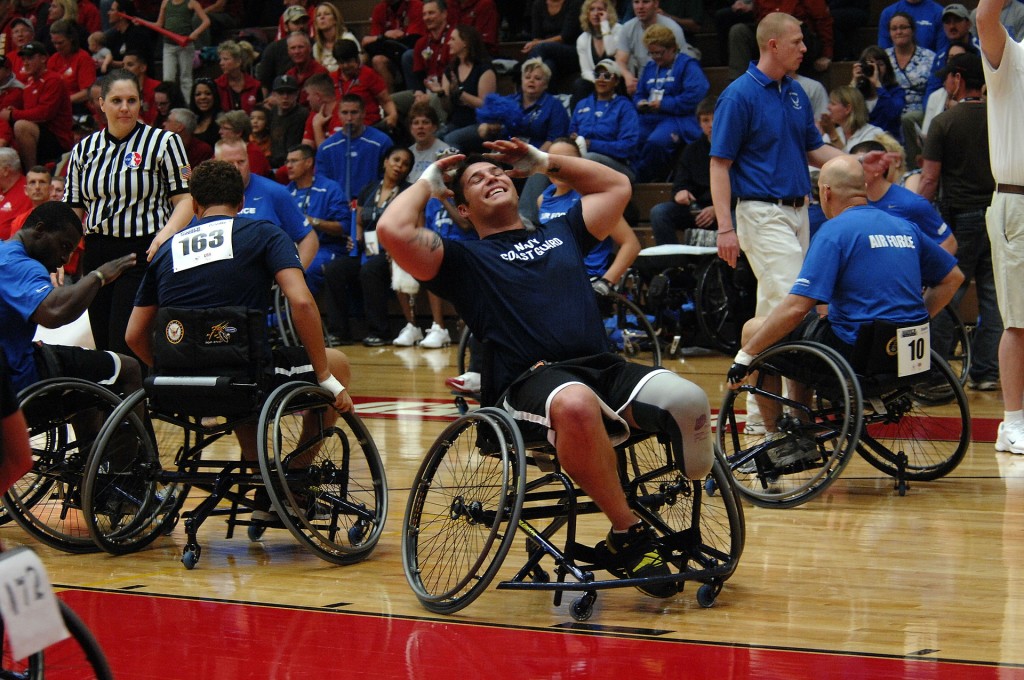The society creates a foundation for most beliefs, choices, and cultures. It allows individuals to become part of a bigger platform made up of relatives, friends, foes, and even competitors. This aspect of society is beneficial; however, the same community forms its perceptions based on the opinions of the most prominent persons. These beliefs may be wrong and unjust; so the nation ends up with a generation of fools. One of these misconceptions is the value, role, and health of disabled persons.
Over 650 million people across the globe have a disability, which represents 10 percent of the world’s population (United Nations, 2008; World Health Organization [WHO], 2007). Disability is more prevalent in developing countries than developed countries, increasing the pressure and strain on these countries’ social structures and health services. The number of people with disabilities is growing rapidly.
It is estimated that there are about 650 million persons living with disabilities in the world. In the U.S alone, there are 21 million disabled adults; therefore, disability can no longer be ignored whether within the U.S or in other parts of the world.
More than 21 million US adults 18 – 64 years of age have a disability. These are adults with serious difficulty walking or climbing stairs; hearing; seeing; or concentrating, remembering, or making decisions. Adults with disabilities are three times more likely to have heart disease, stroke, diabetes, or cancer than adults without disabilities. Aerobic physical activity can help reduce the impact of these chronic diseases, yet nearly half of all adults with disabilities get no leisure-time aerobic physical activity.
Sourced from: http://www.cdc.gov/ncbddd/disabilityandhealth/pa.html
Unfortunately, due to societal and personal beliefs the 21 million disabled persons are at a high risk of developing secondary conditions as nearly half of them have no aerobic physical activity. Luckily, traditional beliefs notwithstanding, people are embracing new models of health that encourage good healthy behaviors even in disability.
Depending on personal beliefs, values, and current experience, people often emphasize one aspect over another in their own definitions of health. Traditional definitions describe health and disability at opposite ends of a single health continuum. Such definitions lead far too many people to view health and disability as mutually exclusive of each other, an either/or proposition. This view must be examined as it has damaging and lasting effects on people who live with disability and chronic conditions.
The ability to practice healthy behaviors, even in the presence of disability, has led to newer models of health. These newer definitions view health as multidimensional and see optimal health as defined within a given person’s unique circumstances. Health is viewed as the maximizing of one’s potential along various dimensions. Health includes a dynamic balance of physical, social, emotional, spiritual and intellectual factors. When this definition is used, disability poses no obstacle to maximizing health and one’s potential. When health is viewed not as the absence of disability or chronic conditions, but as the ability to function effectively in given environments, to fulfill needs and to adapt to major stresses, then, by definition, most people with disabilities is healthy
Sourced from:
http://www.nchpad.org/93/697/Can~Disability~~Chronic~Conditions~~Health~and~Wellness~Coexist~
Fortunately, newer definitions view health as multidimensional and see optimal health as defined within a given individual’s unique circumstances. Disability is not synonymous to unhealthy or inability no matter the situation. The following are the difficulties that people with disability face in accepting, enjoying, and taking care of themselves;
- Increased risks associated with sedentary lifestyle (weight gain,
obesity, bone loss, diabetes, cardiovascular disease) - Lack of access to fitness facilities
- Lack of awareness of the importance of physical activity
- The belief that participation in exercise and fitness is not
- possible because of disability
- Difficulties or delays in getting the health care they need.
- No annual dental visit.
- No mammogram in past two years.
- No Pap test within the past three years.
- Hardly any fitness activities.
- Use tobacco.
- Be overweight or obese.
- Have high blood pressure.
- Experience symptoms of psychological distress.
- Receive less social-emotional support.
- Have lower employment rates.
Sourced from: http://mylifewithoutlimits.org/resources/health-wellnessrecreation/
- Discrimination and insensitivity towards one’s culture was identified as a significant barrier that was perceived as impacting health and wellness.

Disabled persons will face many challenges in their journey to optimum wellness, self- care and happiness. The discrimination and insensitivity that society and culture imparts is one of the most significant barriers. Luckily, this is your life, so do whatever matters to you, makes you happy, and increases your quality of health. The following are some strategies that may help in that resolve;
- Physical activity guidelines apply to all people although those with disabilities may need to work with their health care providers to understand the types and amounts of physical activity appropriate for them.
- Determine adaptations needed to ensure safe participation in activities and use of exercise equipment.
- Consider risk for secondary conditions related to specific disabling disorders; monitor for development of secondary conditions.
- If fitness centers, formal exercise programs, or formal physical activity programs for people with disabilities do not exist or are not available, alternative approaches can be used successfully
Sourced from: http://cirrie.buffalo.edu/encyclopedia/en/article/300/